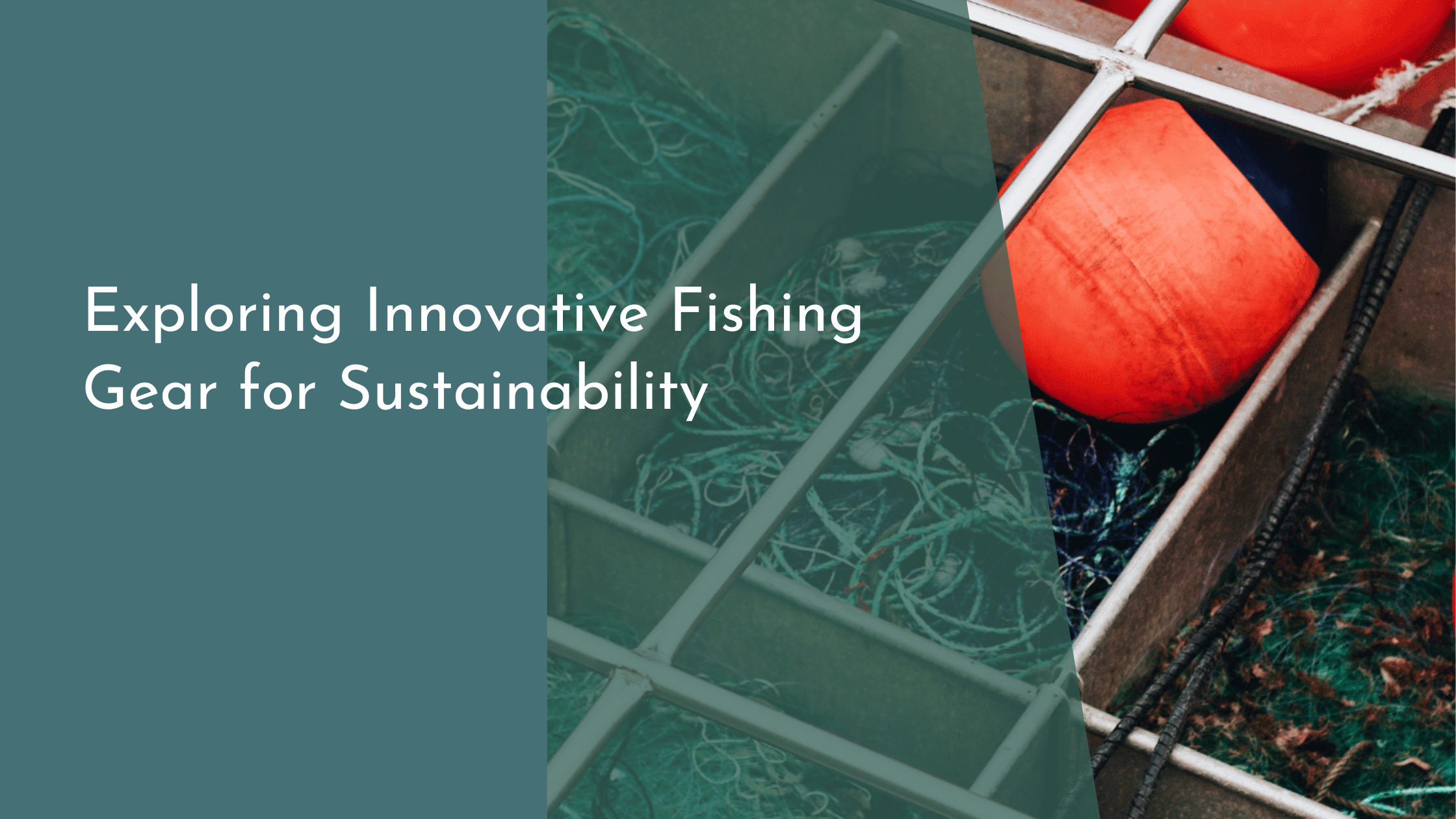Exploring Innovative Fishing Gear for Sustainability
The fishing industry is undergoing a transformative phase, driven by a combination of technological advancements and a heightened awareness of environmental sustainability. As the world grapples with the consequences of overfishing and pollution, innovative fishing gear is emerging as a beacon of hope for a brighter, more sustainable future. This article explores the exciting developments in fishing gear technologies, focusing on smart technology, eco-friendly materials, and the push for durable, sustainable gear that promises to revolutionize the industry.
Revolutionizing Fishing with Smart Technology
The integration of smart technology into fishing gear is changing the way we approach the age-old practice of fishing. Smart fishing gear, such as advanced sonar devices, is allowing fishermen to locate schools of fish with unprecedented accuracy. These devices utilize sophisticated algorithms and real-time data to minimize bycatch and overfishing, helping to maintain ecological balance in marine environments. Additionally, smart nets equipped with sensors can detect and release non-target species, promoting a more sustainable fishing industry by preserving marine biodiversity.
Moreover, the advent of satellite technology and GPS has enabled fishermen to optimize their routes and reduce fuel consumption, further contributing to environmental sustainability. Smart technology is not limited to professional fishing operations; even recreational fishermen are benefiting from smartphone apps and wearables that provide data on fish populations, weather conditions, and optimal fishing times and locations. These innovations are democratizing access to information, empowering individuals to fish more responsibly and sustainably.
Eco-Friendly Materials Making Waves in Fishing
As awareness of plastic pollution grows, the fishing industry is increasingly turning to eco-friendly materials to mitigate its environmental footprint. Biodegradable fishing nets and lines made from materials like polylactic acid (PLA) are gaining popularity. These materials break down naturally over time, significantly reducing the threat posed by ghost nets—abandoned or lost fishing gear that continues to catch and kill marine life. By replacing traditional plastic gear with biodegradable alternatives, the industry is taking a noteworthy step towards preserving marine ecosystems.
In addition to biodegradable options, recycled materials are being utilized to create new fishing gear. Companies are developing products made from recycled ocean plastics, giving a second life to waste materials that once posed a threat to marine life. This circular approach not only reduces the amount of plastic in the oceans but also fosters a culture of sustainability within the industry. By embracing these eco-friendly materials, the fishing community is demonstrating a commitment to protecting our planet’s precious water resources.
Durable and Sustainable: The New Gear Standard
Durability and sustainability are becoming the new benchmarks for fishing gear, as manufacturers strive to create products that withstand the harsh marine environment while minimizing environmental impact. High-quality materials such as stainless steel and carbon fiber are being used to produce fishing gear that lasts longer and performs better. This shift towards durable gear reduces the need for frequent replacements, decreasing the overall consumption of resources and waste production.
Sustainable design practices are also gaining traction, with manufacturers focusing on creating modular and repairable gear. This approach allows for easy maintenance and the replacement of individual components rather than entire products, extending the lifespan of fishing gear and reducing waste. By prioritizing durability and sustainability, the fishing industry is aligning itself with broader environmental goals, ensuring that future generations can continue to enjoy the bounty of the oceans.
The Future of Fishing: A Cheerful Conclusion
The future of fishing is incredibly promising, thanks to the innovative strides being made in gear technology and design. By embracing smart technology, eco-friendly materials, and sustainable practices, the fishing industry is positioning itself as a leader in environmental stewardship. These advancements not only benefit marine ecosystems but also support the livelihoods of fishermen by promoting responsible and efficient fishing practices.
This cheerful outlook on the future of fishing is a testament to the power of innovation and collaboration in addressing environmental challenges. As consumers, manufacturers, and fishermen continue to work together, we can look forward to a more sustainable, resilient, and prosperous fishing industry. By harnessing technology and reimagining traditional practices, we are paving the way for a future where both people and the planet thrive.


